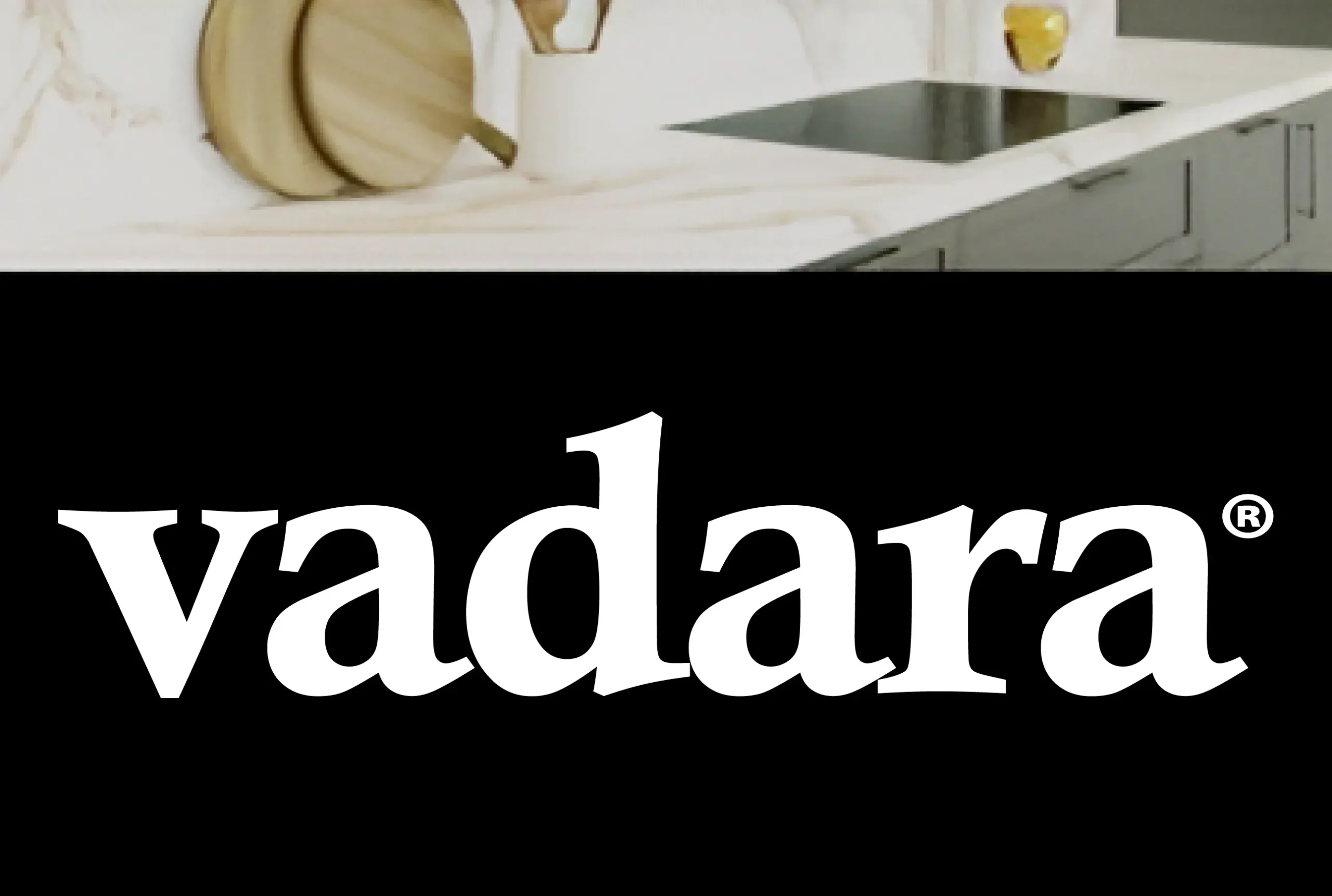The financial world is evolving, with new models of investing challenging the dominance of traditional banking and stock markets. Quanloop is one such platform that has emerged as a user-friendly option for those seeking flexibility, accessibility, and daily returns—all without requiring large sums of money upfront.
According to an article on Business Review, Quanloop stands out by allowing investors to contribute just one euro for a 24-hour cycle, with the opportunity to reinvest automatically each day. This micro-lending structure appeals to a wide audience, particularly those exploring alternatives to conventional investment routes.
The Mechanics Behind Quanloop
Quanloop functions on a short-term lending model where investors essentially lease out micro-loans to the platform daily. These funds are then channeled into a pool and allocated toward various business loans selected by Quanloop. Every 24 hours, the funds are returned, allowing users full control over whether they want to continue or pause their investments.
This method provides investors with notable liquidity—something rarely found in traditional instruments like stocks or bonds. The interest earned is modest but stable, especially given the low-risk entry and the platform’s efforts to maintain balance between profit and safety.
Who Can Invest?
The simplicity and low minimum investment make Quanloop an ideal option for beginners or those with limited capital. With only one euro needed to get started, the platform removes psychological and financial hurdles that often keep people from dipping their toes into investing.
Seasoned investors also find value in Quanloop, using it as a diversification tool. Adding a non-correlated asset like Quanloop to a portfolio can enhance resilience during market fluctuations. The platform serves as a useful supplement rather than a complete replacement for traditional investments.
Managing Risk with Tiered Plans
Quanloop doesn’t offer asset-class diversification in the traditional sense. Instead, it focuses on risk-tier diversification. Investors can choose between three plans—low, medium, and high risk—depending on their comfort level and financial goals.
The platform imposes limits on high-risk allocations, preventing overexposure and encouraging balanced strategies. Investors are advised to commit only a portion of their funds—up to one-third to high-risk or half to medium-risk—while maintaining stability with the low-risk option.
This internal diversification is a core strength, as it maintains consistency while allowing users to tailor their experience based on appetite for risk.
What About Guarantees?
It’s important to note that Quanloop doesn’t offer investment guarantees. There’s no government protection or insurance backing these funds. The platform operates as a bridge between investors and commercial borrowers, making it inherently subject to business-cycle volatility.
That said, Quanloop’s internal mechanisms—such as daily investment cycles, automatic fund return, and risk-tier restrictions—help mitigate risk. Still, users must approach it with a realistic understanding of potential outcomes.
How to Get Started
Getting set up with Quanloop is quick and simple. Users can register using just an email address or a social login, eliminating the need for remembering passwords. Once verified with ID and address proof, investors can transfer funds and begin investing instantly. There are no signup fees or transaction charges, making the process seamless and cost-effective.
Final Thoughts
Quanloop represents a compelling step forward in the world of alternative finance. Its minimal entry barrier, daily liquidity, and transparent processes make it suitable for a wide range of investors. Whether you’re just starting out or looking to diversify an existing portfolio, Quanloop offers an efficient and low-maintenance way to engage with micro-investing.
Like any investment, it comes with risk—but for many, the advantages far outweigh the limitations. As alternative finance continues to evolve, platforms like Quanloop are proving that smart investing doesn’t have to be complicated.











